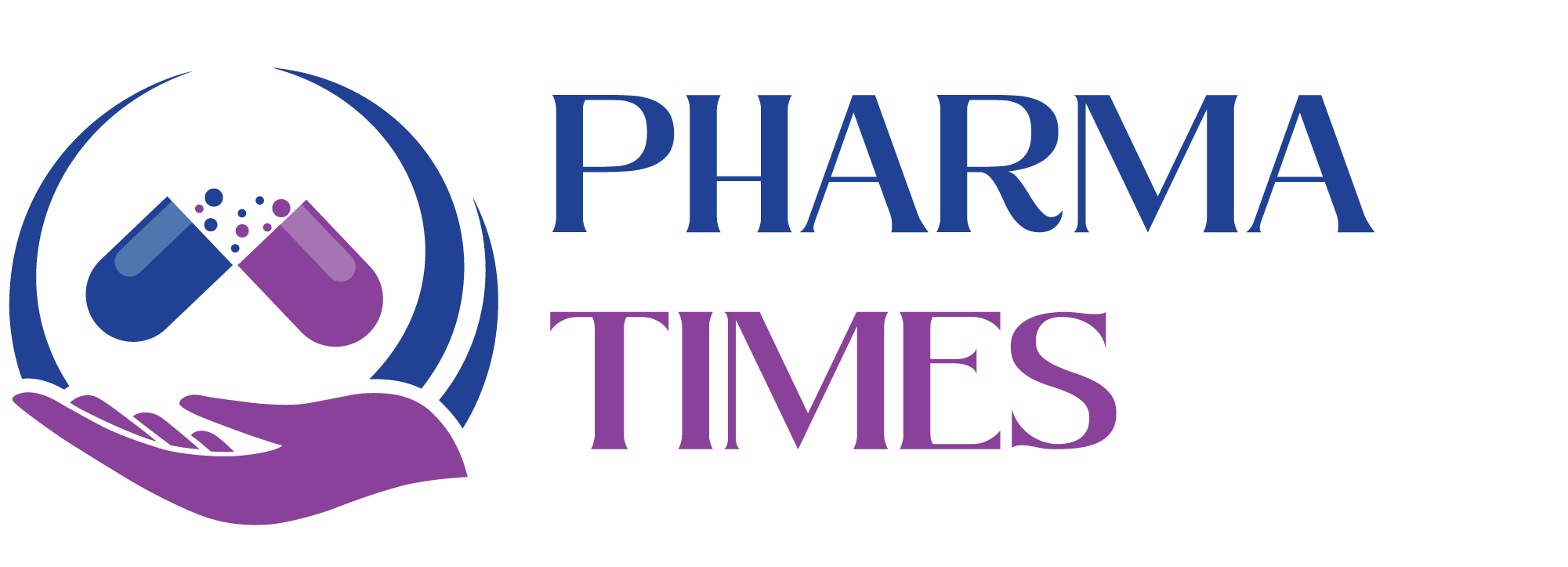The Role of Differential Pressure in Pharmaceutical Manufacturing
The Role of Differential Pressure in Pharmaceutical Manufacturing
Introduction
Differential Pressure is one of the important critical parameters in any pharmaceutical manufacturing facility and this differential pressure need to be properly maintained by checking the DP at regular intervals during the processing of the batch in respective areas which may be either dispensing, granulation, compression, etc.
This article will highlight the importance of maintaining the differential pressure in process areas and also the tools used to measure the differential pressure.
Measurement tools: Magnehelic gauge is used for measuring the differential pressure.

Understanding Differential Pressure
One can understand the term differential pressure as the ” difference in pressure between two adjacent areas , and this differential pressure is usually measured in pascals (Pa) sone places it is measured in inches of water column, but in most of the companies it is measured in pascals.
Pharmaceutical facilities are the most regulated industries as they produce medicines for human consumption, prevention of cross contamination is one of the important aspects during Manufacturing of any pharmaceutical product at any stage of manufacturing. The differential pressure is needed for controlling airflow and preventing contamination between unclean and clean areas.
Usually, differential pressure is maintained at 10-15 Pascals as per WHO guidelines
Building Integrity: Building construction should be carefully done, and doors and windows should be airtight to ensure essential differential pressure. Pressure drop alarms are recently used to immediate detection of pressure drops.
Importance of Differential Pressure
- Prevention of Contamination: Differential pressure plays a crucial role in preventing contamination in processing areas. By ensuring that the air pressure in the manufacturing area is different from the surrounding areas, it prevents the ingress of contaminants.
- Control of Airflow: According to WHO guidelines, the airflow should always be from cleaner areas to less clean areas. For understanding, in the case of oral solid dosage (OSD) forms, the processing area should be under negative pressure relative to the corridor. This helps to direct any potential contaminants away from the respective processing areas.
- Reduction of Cross-Contamination: During the manufacture of oral solid dosage forms like tablets, dust particles are generated and maintaining appropriate differential pressure can prevent movement of these particles from process areas to other areas.
Measurement and Maintenance
- Magnehelic Gauge: The Magnehelic gauge is a device as said earlier is used for monitoring the differential pressure. You can see the above image for reference. It is fixed to the wall of the processing area at personal entry and material entry of respective area.
- The differential pressure is measured at regular intervals in processing areas as per defined frequency of respective companies, usually every 4 hours or 2 hours, the DP is recorded in the logbook and the BMR.

